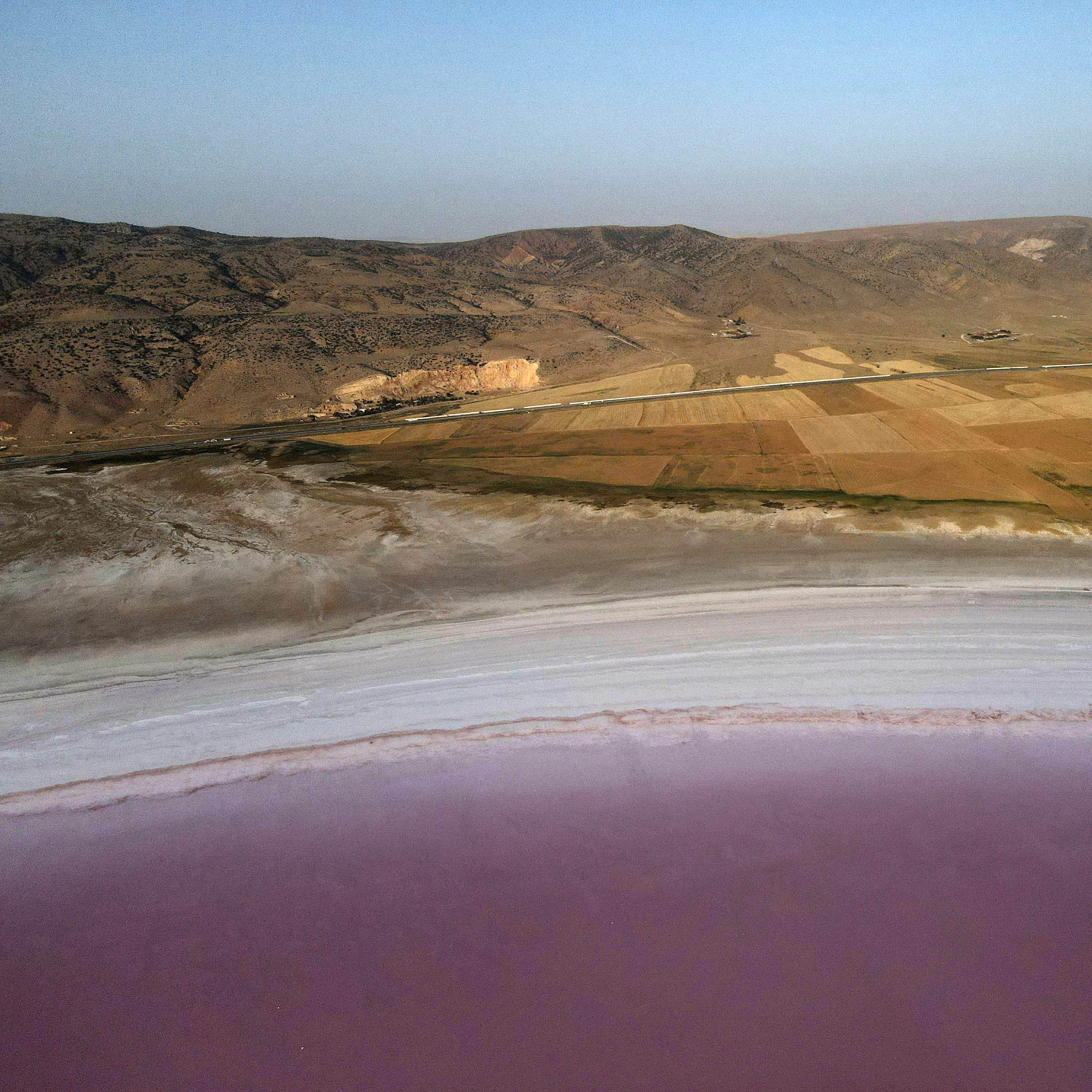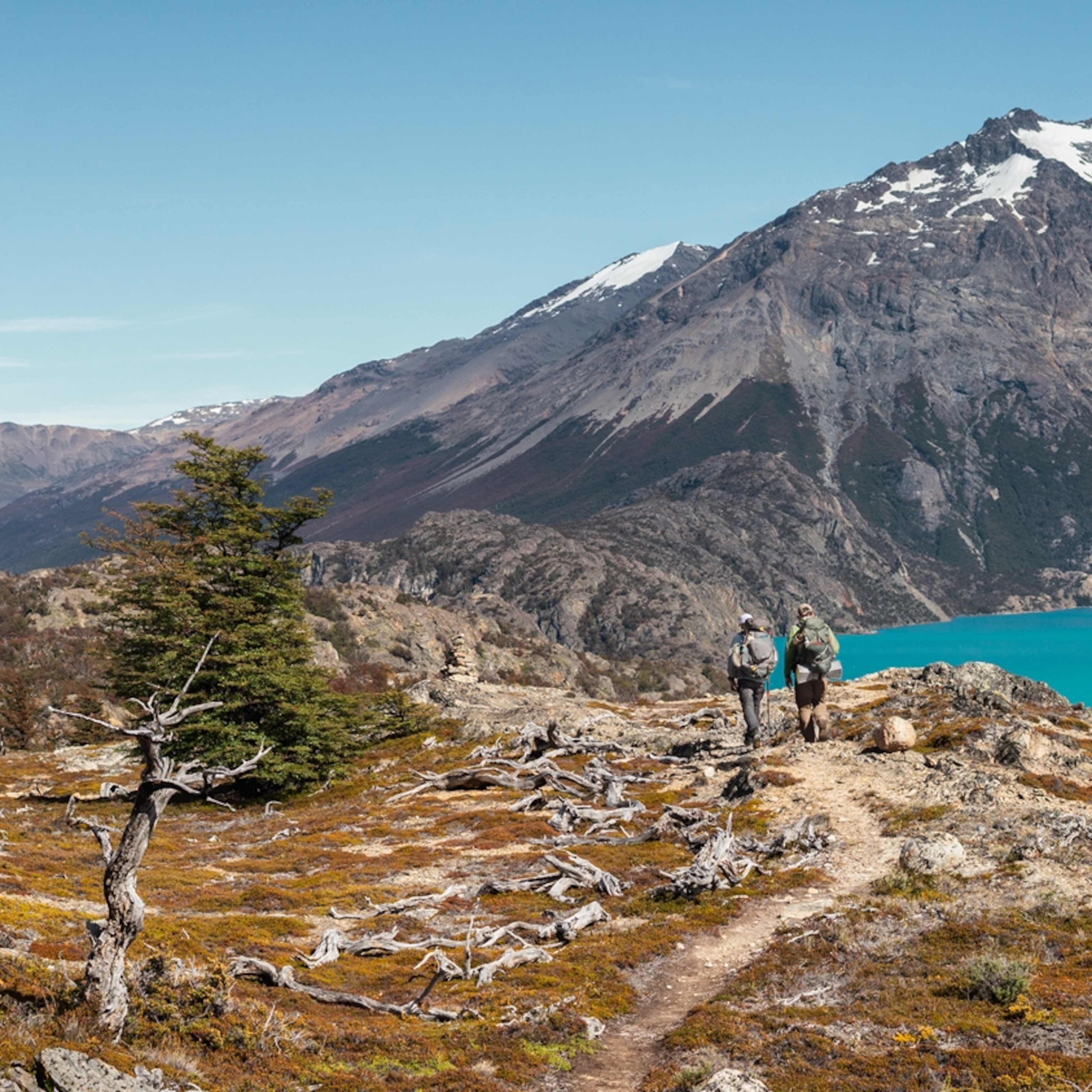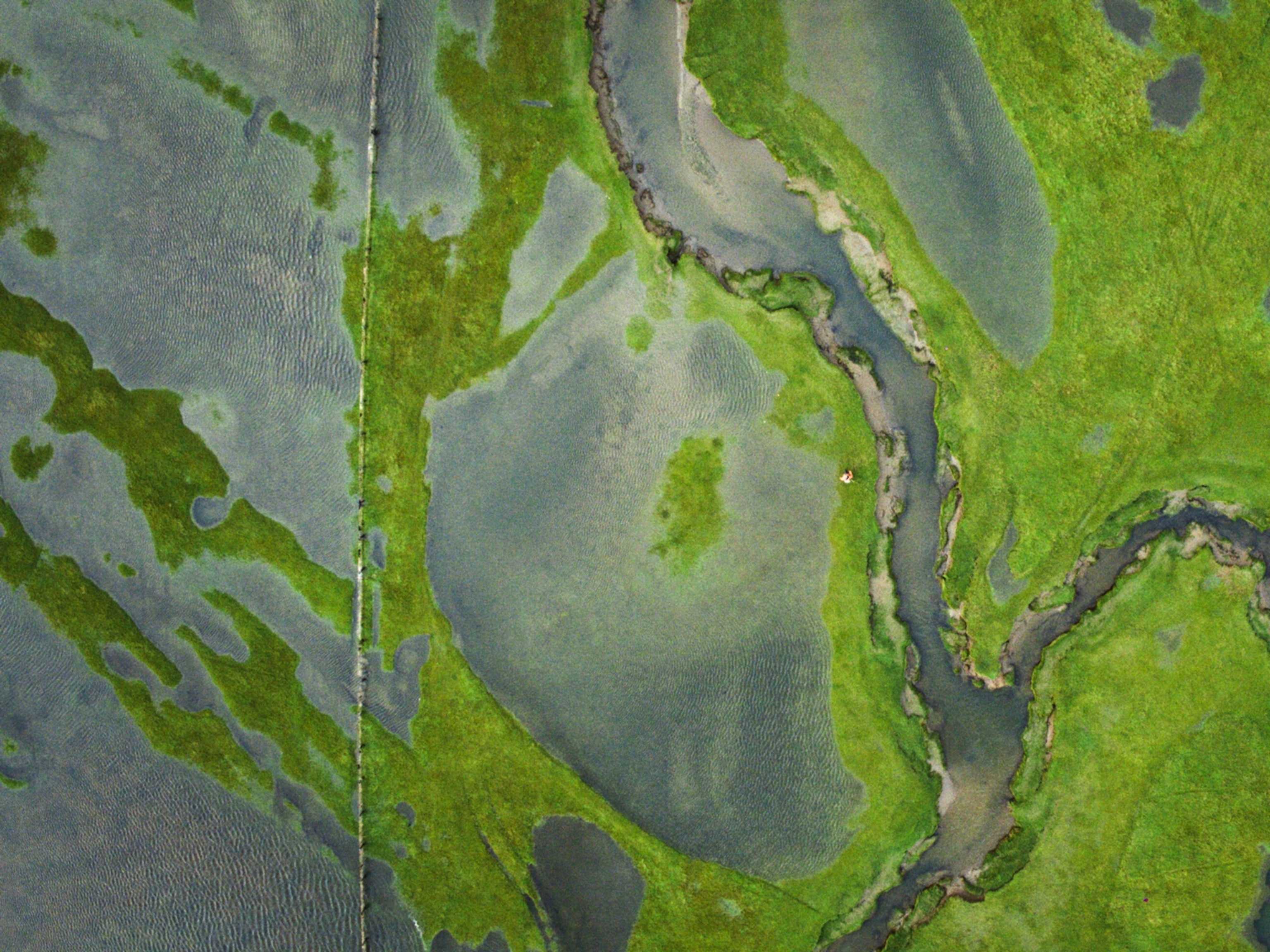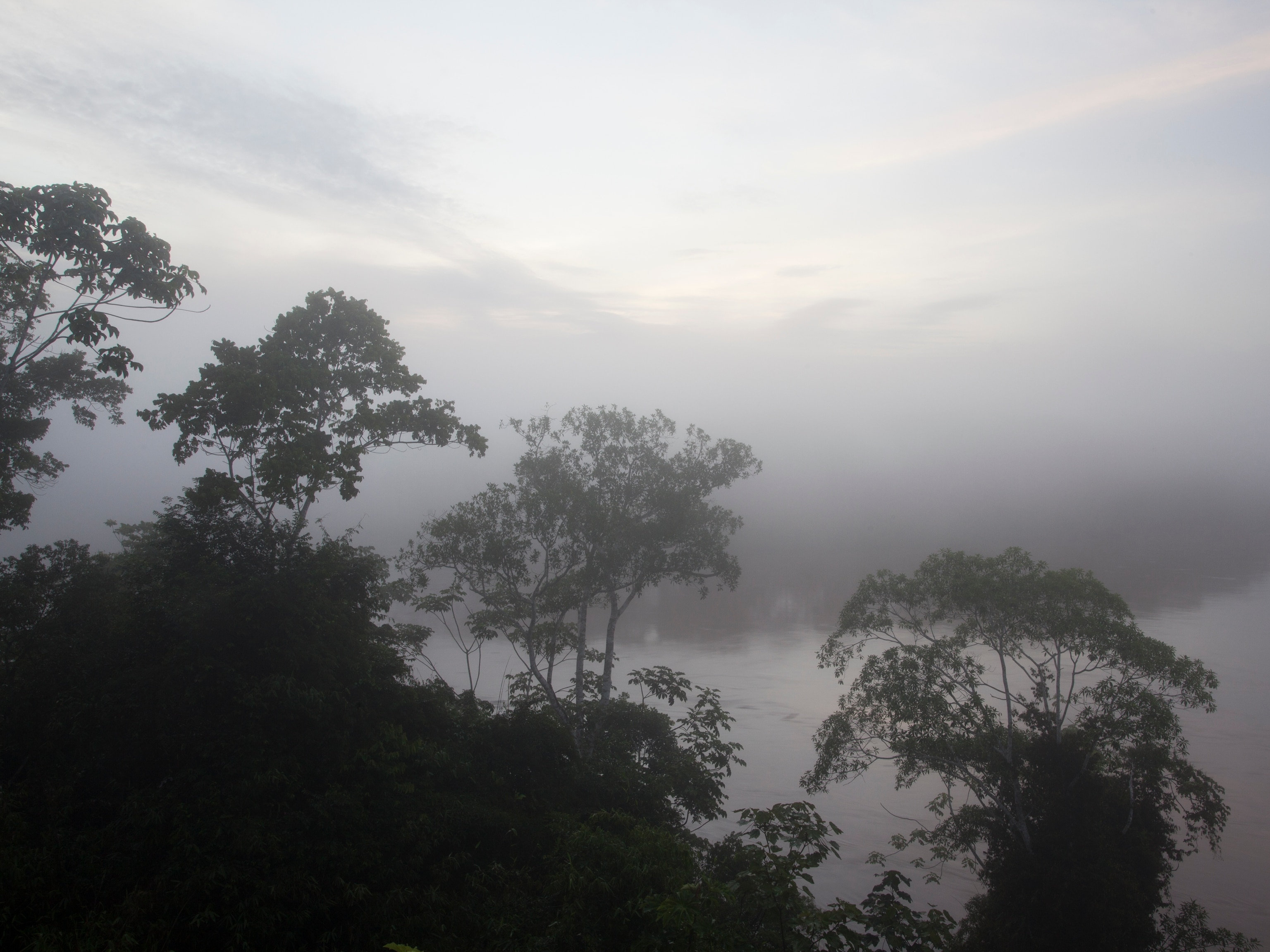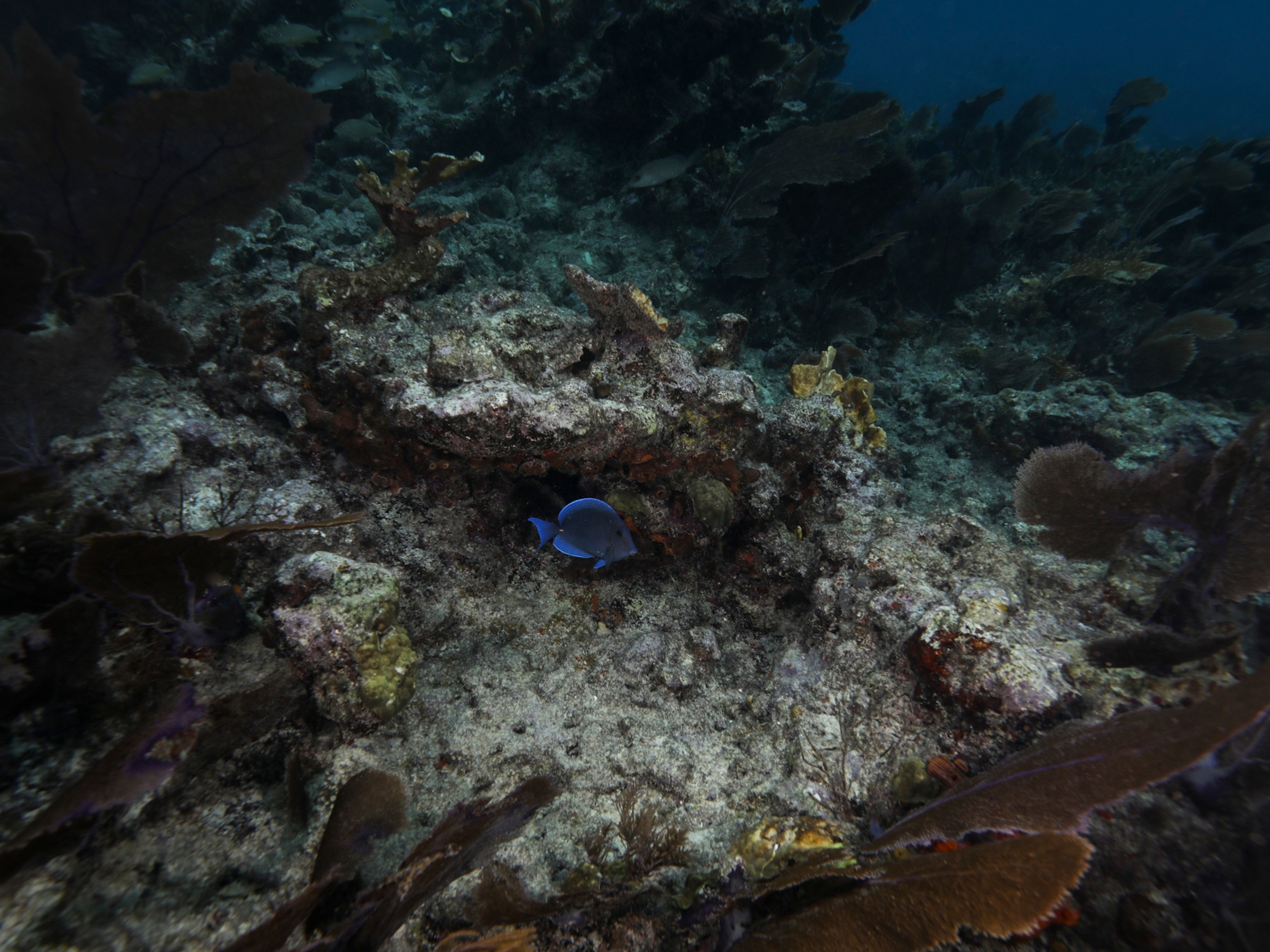Failing Rains and Thirsty Cities: Australia’s Growing Water Problem
Australia is a country on the brink of a water crisis. Understanding why water is scarce and where the water goes will be crucial to keeping Australia’s taps flowing as its population grows.
A koala bear lounges in a eucalyptus tree, lazily chewing leaves in a scene as Australian as one can imagine. But then the koala does something unusual: it climbs down the tree to drink water from a pool. Normally, koalas get nearly all their water from their food, and researchers have linked this new behavior to climate change. Australia is getting hotter and drier, the eucalyptus leaves are less succulent, and now koalas need to drink extra water to survive. It’s a change that seems to reflect a growing awareness among Australians that they need to be more proactive about securing their fresh water.
Straddling the Tropic of Capricorn, Australia’s climate ranges from a tropical north to a temperate south but the vast bulk of its three million square miles is hot and dry. Central Australia’s immense ‘outback’ is made up of semi-arid bush and deserts where temperatures can soar above 50°centigrade and it might not rain for years. This makes Australia the world’s driest inhabited continent—and it’s getting drier. Its average annual rainfall is around 470mm a year, well below the global average, and predictions linked to climate change suggest this could halve again in coming decades. What rain that does fall varies greatly from year to year and is concentrated along the north and east coasts: while most of Australia receives as little as 600mm of rain each year, half the country gets less than 300mm.
2018 was particularly dry, 11% below the recorded mean for 1961-1990 at under 413mm. However, across the continent, Australia’s rainfall is exceptionally varied and individual states felt the effects to different degrees. While Tasmania retained its very wet average with 1,389mm of rain, and Western Australia actually had 10% more rain than usual, other states suffered. The Northern Territory received 7% below average rainfall and Queensland 15% below average; Victoria was 26% below its mean rainfall and South Australia was 24% below with an average rainfall of just 171mm. But it was New South Wales that was among the hardest hit, with its average annual rainfall down 40% on the mean, bringing a devastating drought and severe restrictions across the state.
Australia’s exceptional aridity is the result of a unique combination of factors. Cold ocean currents off the west coast means there is little evaporation to form rainclouds, while the Great Dividing Range that runs down Australia’s east coast prevents rain from penetrating far inland. There are few mountains to force air upwards where it can cool into rain, and the region is dominated by the subtropical high-pressure belt that both warms and dries the air. What’s more, the continent is extremely susceptible to the El Niño–Southern Oscillation, a heating or cooling of the Pacific Ocean that can bring prolonged periods of high temperatures and drought.
From 1996 to 2010 the Millennium Drought scorched much of southern Australia. Its effects were acutely felt in the agricultural heartland of the Murray-Darling basin and in the densely populated southeast and southwest. Major cities including Perth, Adelaide, Canberra, Sydney, Brisbane, and even Tasmania’s famously wet state capital of Hobart, experienced serious water shortages—Melbourne’s water storage dropped to 33%. But more rain isn’t always the answer. Australia’s floods can be equally extreme with tropical cyclones and storms bringing intense bursts of rainfall that overwhelm drainage systems and cause devastating damage. This January, a monsoon strengthened by a low-pressure system flooded Townsville in Queensland with 1.4 meters of rain in two weeks—twice as much as London gets in a year.
Human activity has made matters worse. Widespread deforestation has intensified flooding while also increasing the salinity of the soil so that the water flowing through it becomes brackish—unchecked this could damage millions of hectares of agricultural land. The overgrazing of sheep and cattle, key economic exports, has been a major factor in desertification with vegetation loss leading to a loss of usable water. Until recently farmers were allowed to draw unchecked amounts of water from rivers causing silting, salination, and fierce disputes between competing users. Similarly, groundwater sources such as aquifers have been used up faster than they can be naturally replenished, especially in the arid interior, so that they are now having to be actively refilled with treated wastewater.
Such restorative schemes could prove crucial as Australia’s demand for water rises rapidly. Already one of the world’s thirstiest countries, per capita water consumption averages 100,000 liters per person and the next thirty years will see its population boom by a further 40%. This is important because Australians consume 340 liters of water per person per day. Of this, outdoor use is particularly heavy, accounting for nearly half of household consumption through car washing, hosing driveways, and using garden sprinklers at around 1,000 liters per hour. While many Australians are increasingly water aware, Sydney has cut its average daily use by 200 liters per person since 1990, further water savings will be vital to minimize future water stress.
A key factor will be Australia’s unusual population concentration with 80% living in a few large coastal conurbations. This brings the potential for significant water efficiencies through integrated infrastructure ranging from wastewater recycling to huge desalination plants. However, move away from the coastal cities and access to fresh water becomes more problematic. Many rural households rely on rainwater or bore water which is often tainted by its high mineral content. These local supplies are dwindling and increasingly need to be supplemented by purchasing tankers of freshwater or, where finances allow, laying pipelines for long-distance water transfer schemes to sustain larger towns.
Farming remains by far the biggest drain on Australia’s water supply at nearly 70% of the water footprint. Half of Australia’s agricultural profits comes from irrigated farming which is concentrated in the Murray-Darling Basin. Here, extensive over-extraction forced government intervention during the Millennium Drought with severe water restrictions that saw cotton production quartered, meat production halved, and rice farming stopped almost entirely. This has led to much tighter regulations and ongoing investment in more efficient irrigation schemes. Meanwhile, although industry only uses 16% of Australia’s water footprint, water-heavy industries such as mining are on the rise, especially in the arid interior.
For now, Australia may have sufficient freshwater to meet its needs but the unreliability of its rainfall, the uncertainty of climate change, and the difficulties of supplying fast-growing cities and isolated rural communities poses problems. With river flows expected to drop by 10- 25% within ten years, pressure on Australia’ water systems will grow as demand from population rises. To ensure its water security Australia must continue to adapt—people, as well as koalas, will need to change their behaviors to get the water they need.
